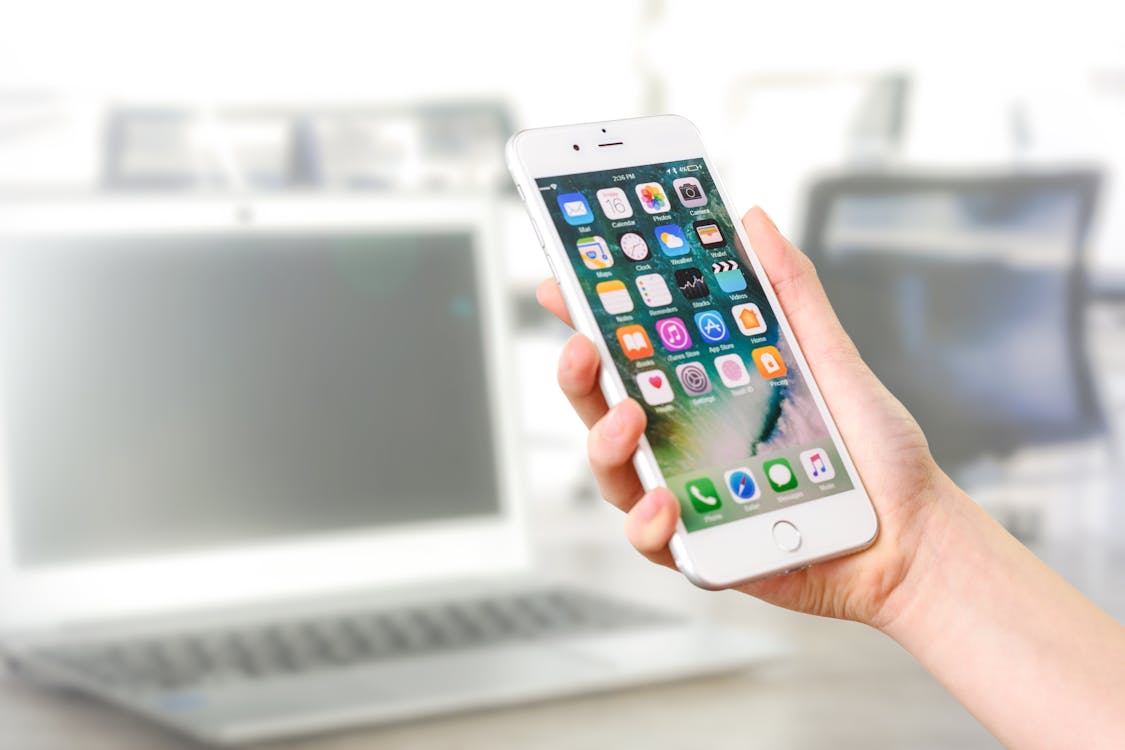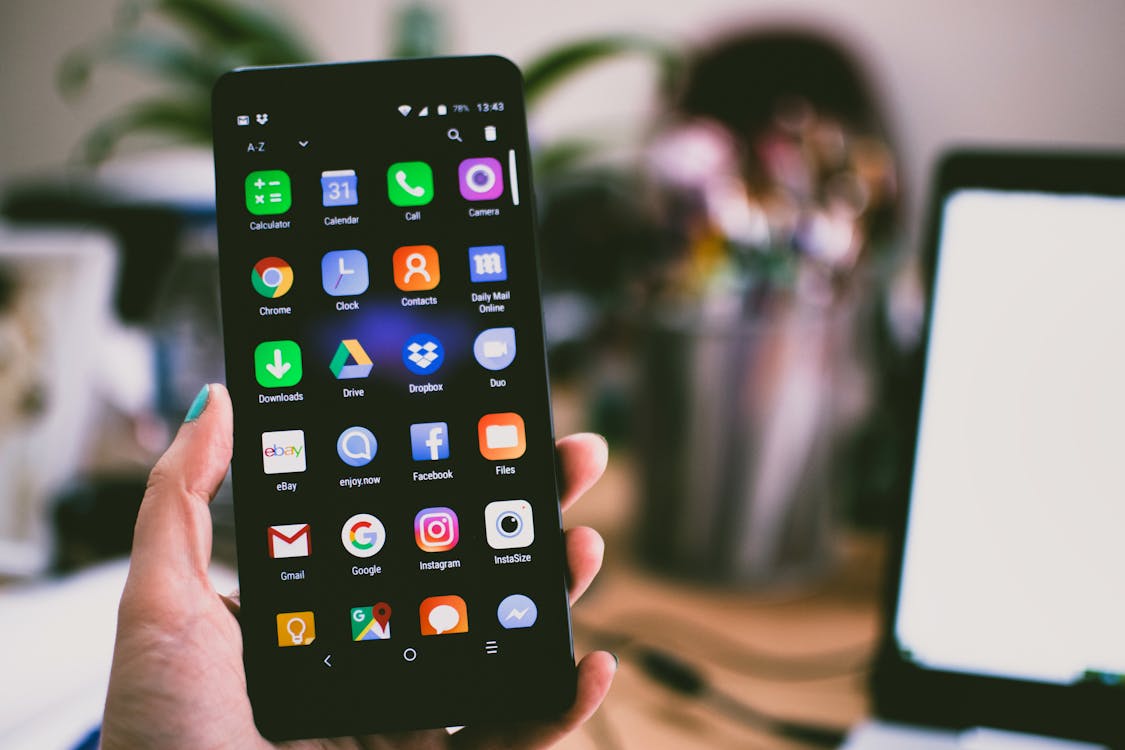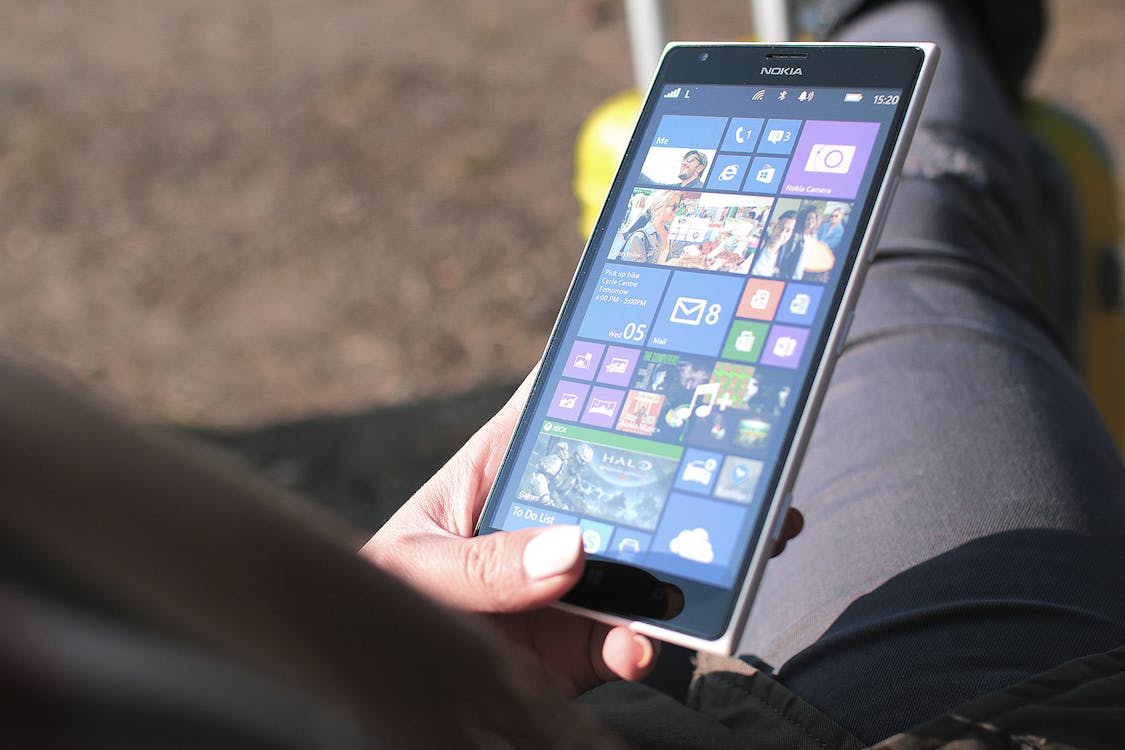A mobile operating system, also known as a mobile OS, is a type of software that manages the functions and applications of a mobile device such as a smartphone or tablet. It is the underlying system that controls the device and provides the user interface, apps, and services that make the device useful.
There are several mobile operating systems
available on the market, each with its own unique features, design, and app
ecosystem. Some of the most popular mobile OS include:
iOS: Developed by Apple and used exclusively
on iPhones, iPads, and iPod Touches, iOS is known for its intuitive user
interface, extensive app library, and strong security features.
Android: Developed by Google
and used by a wide range of manufacturers including Samsung, HTC, and LG,
Android is the most widely used mobile operating system in the world. It is
known for its customization options, open-source nature, and wide range of
devices and price points.
Blackberry OS: Developed by Blackberry, Blackberry OS is used primarily on
Blackberry smartphones. It is known for its strong security features,
particularly in the enterprise market.
Windows Phone: Developed by Microsoft, Windows Phone is used on a small range of
smartphones and is known for its integration with other Microsoft products and
services.
Tizen: Developed by Samsung and the Linux
Foundation, Tizen is a relatively new mobile operating system that is used
primarily on Samsung smartwatches and other wearable devices.
Each of these mobile operating systems offers
its own unique features, strengths, and weaknesses, and the best choice for an
individual will depend on their specific needs and preferences. For example,
iOS is a popular choice for those looking for a user-friendly and secure
device, while Android is ideal for those who value customization and
flexibility. Blackberry OS is popular in the enterprise market for its strong
security features, while Windows Phone is ideal for those who use Microsoft
products and services regularly. Tizen is a newer operating system that is
gaining popularity in the wearable technology market.
Regardless of the operating system, all mobile
OS have similar basic functions and features. These typically include a user
interface for accessing apps and services, a home screen that displays icons
for frequently used apps, a settings menu for adjusting device settings, and a
notification center for displaying notifications and alerts.











0 Comments